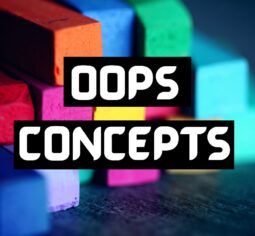HTTP Methods and Status Codes
Beginner
18m 29s
1
Course Content
HTTP Methods and Status Codes
-
18:28
-
Quiz
About Course
Hyper Text Transfer Protocol (HTTP) is the foundation of data communication between a Web Client and a Web Server. HTTP methods enables us to perform CRUD operations in any RESTful Web Services. HTTP Status Codes indicate the status of the response received from the Web Service. It is very important to know the different HTTP methods and the one that suits best for our service.
This introductory course covers the different HTTP Methods and Status Codes with real world examples.
Contents of the course are as below:
1. What is HTTP? : Introduction to HTTP and how data exchange takes place between a web client and a web browser.
2. HTTP Methods: Discusses the most common HTTP methods that are used in any REST Web Services along with real world examples. It also highlights the difference between POST and PUT methods which adds a lot of value in selecting the best suited HTTP method for his/her application.
3. HTTP Status Codes: Explains the different categories in which HTTP Status Codes are defined and enlists the most common Status Codes in each category along with examples.
4. Quiz: Frequently asked Interview questions related to HTTP methods and status codes.
Approach is to explain in conversational/colloquial Kannada to reinforce the learning and for better understanding.
Benefits of the course:
1. Learner would be able to comprehend different HTTP methods and would be able to select the best suitable method for his/her service.
2. Learner would be able to understand the importance of HTTP Status Codes received in the Response.
3. He/she would be able to test their learnings and gain more confidence by taking part in the quiz.
Student Ratings & Reviews























